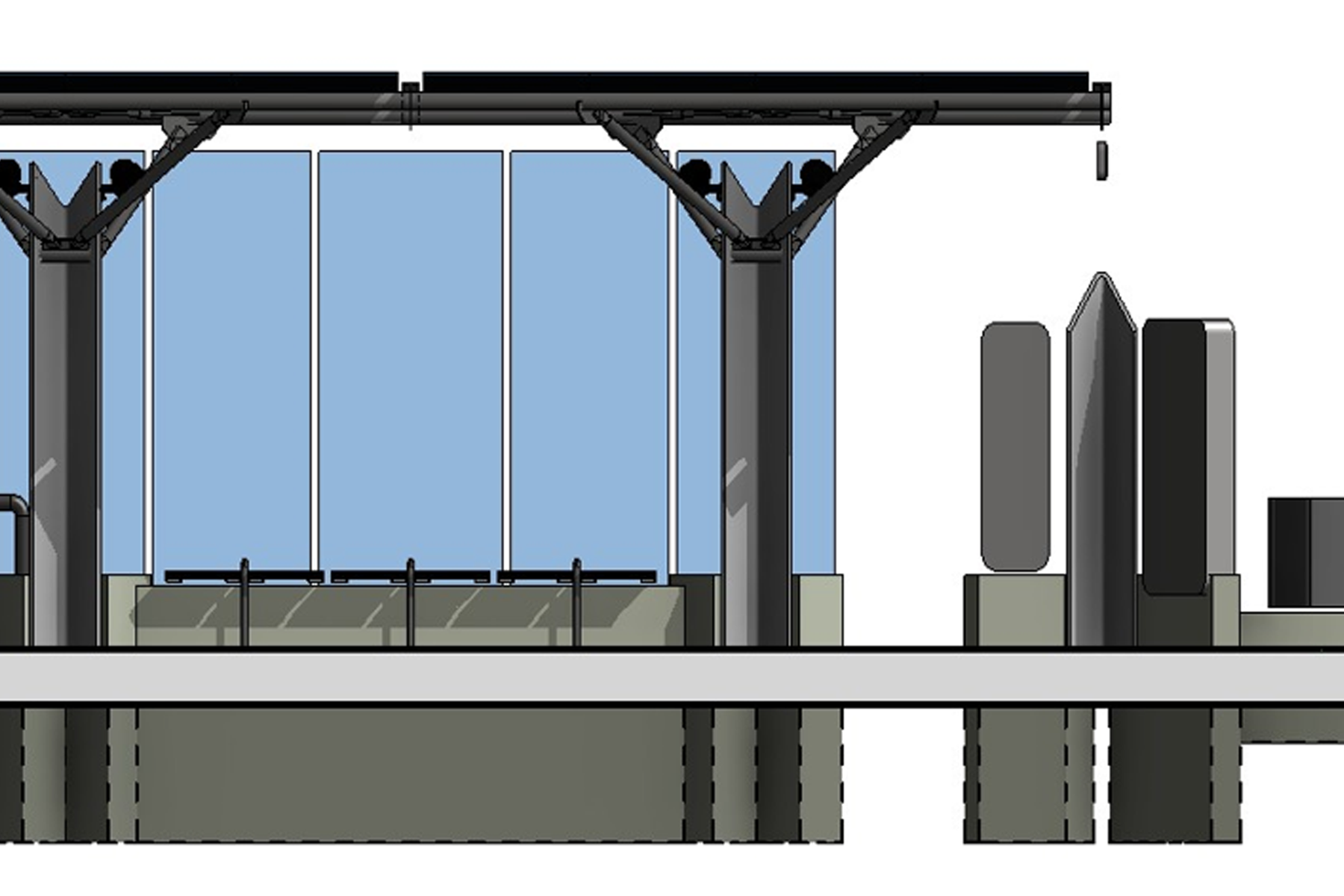You have questions. So do we!
What do the transit stations cost?
The Columbia Pike Revitalization Organization is working with the County to bring you a series of articles answering the important questions about the Columbia Pike Transit Stations coming this fall.
Read Part I: How will new stations differ from the Walter Reed prototype?
Read Part II: How will transit stations benefit Columbia Pike?
Read Part IV: How long will Phase I construction of the first four stations take?
Reviewing the Need & Value
In our last article, we reviewed the County’s stats on population and ridership growth as well as the economic impact on the Pike.
![]() The Growing Need
The Growing Need
- Columbia Pike has the highest number of daily bus commuters in the Commonwealth
- 28,000 vehicles travel the Pike daily
- Population expected to increase 20% by 2030
- Amazon adding 25,000 new jobs by 2030
![]() More than a Shelter
More than a Shelter
- New route maps and real-time “next bus” arrivals
- Boarding platforms for multi-bus boarding
- Raised curbs for near-level boarding
![]() Part of a Premium Network Plan
Part of a Premium Network Plan
- Off-vehicle fare collection in all 23 stations
- New routes and connections
- Express service and enhanced traffic signal
- Branded transit
![]() Economic Value of Transit
Economic Value of Transit
- $4 in economic returns per $1 invested
- Home values increase 42%
- 50 jobs are added (per $1M invested)
- Business sales increase $3M (per $1M invested)
- Residents save $10K/year versus car ownership
Sources: Read Part II: How will transit stations benefit Columbia Pike? for full statistics and sources
 The Big Picture
The Big Picture
The budget for all 23 transit stations has been approved, covering fabrication, construction, installation, and project management by staff and contractors. The total $16 million is just 1% of the County’s total Capital Improvement Plan budget.
$1.6 billion
Total Capital Improvement Plan budget for transportation
$16 million
Total budget for all 23 stations is 1% of CIP budget
Source: Adopted FY 2019-2028 CIP
 Breaking it Down
Breaking it Down
The visible structure of the transit stations only accounts for 32% (or one-third) of the total $489,000 estimated cost of a standard-size station during Phase I. Future phases of construction will see reduced costs as the County’s Multimodal project will provide the supporting infrastructure for the stations as it progresses along the Pike.
$158,000
Visible Structure
canopy, seating, wind shields, info screen, etc.
$320,200
Supporting Infrastructure*
raised curb, platform foundation, multi-bus boarding, in-ground power, etc.
$10,400
Public Art
tinted films with public art on each roof

*Supporting infrastructure costs for future phases will be part of the Multimodal Project and not a direct cost of the transit stations after Phase I.
Sources: Prototype Financial and Performance Review Presentation County Manager’s Recommendations on Columbia Pike Transit Stations – Summary Report
 Funding Sources
Funding Sources
The Transit Station program is funded by a variety of sources, including Federal funds, State funds, Local Commercial & Industrial Property Taxes and General Obligation Bonds.


NOTE: Local Commercial & Industrial Property Taxes are funds already reserved for transportation infrastructure improvements that support the function, competitive position, and ongoing development of Arlington’s commercial and mixed-use districts such as the Rosslyn-Ballston Corridor, Crystal City, Pentagon City, Columbia Pike, and Shirlington.
The Columbia Pike Revitalization Organization will continue to work with the County to keep the public updated as we learn more about the project timeline and future phases.
Subscribe to CPRO’s newsletter to be the first to receive our next article where we’ll delve into the timeline for each phase of the project.


